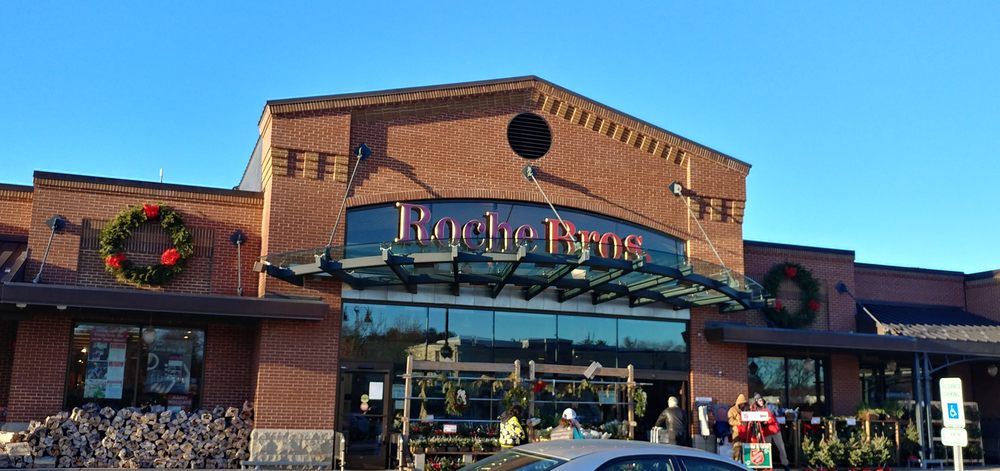As Wellesley businesses return to regular operations amid the pandemic, many have faced challenges in staffing their locations. Mirroring a nationwide pattern of absent workers, local stores and restaurants are forced to continue confronting changes created by the pandemic.
Having already taken a toll on local businesses, the pandemic has forced many in Wellesley to close or adapt their business models. In the US, an estimated five million fewer people are working compared to before the pandemic. Many have pointed at a complex network of reasons ranging from health concerns to changing work expectations to explain the shrinking labor force.
This has been especially reflected in local grocery stores, where managers are hiring at a rapid pace to keep up with consumer demand.
“Well, we’re just trying to find anyone we can, wherever we can. We’re trying to reach out to different areas and trying to find people to come into the buildings,” said Richard Pini, an assistant store manager at Roche Bros in Wellesley.
Worker shortages have also caused many restaurants to limit the services they offer to customers, with many choosing to focus on online services. Jin’s Asian Cuisine, located on Washington St. has struggled to support influxes of dine-in customers.
“We only have two servers at most on busy nights so we can only take so many dine-ins. Because of this, our manager has had to enforce a reservation-only policy. It’s really sad when we have to turn away customers because they have no reservation,” said Hanson Han ’25, a receptionist at Jin’s.
Because of international supply chain issues, local businesses face challenges not only in staffing but also maintaining sufficient stock of the products they sell. The lack of workers to maintain the chain of goods from manufacturer to consumer has created logistical problems that further impede regular flow business operations.
“The industry as a whole just does not have bodies in stores to wait on the same customers. Manufacturers are having difficulty getting workers to produce items for marketers and retail. Distributors having trouble getting workers to put together pallets, they’re having trouble getting truckers,” said Pini. “So it’s not just at the store level, it goes all the way back to manufacturing lacking workers to get the items that people need.”
The supply chain can be felt at all levels of the workforce, affecting managers as much as workers themselves.
“I think we find ourselves multitasking more,” said Pini. “You have to shift staff on the fly. It’s more difficult because we don’t always get the same schedule that we had before since manufacturers are unable to supply or distribute in the same schedule they had before.”
Although pandemic restrictions have eased, many local businesses have not been able to return to full capacity. For many, it will be a slow climb to pre-pandemic norms. In a survey conducted by The Wall Street Journal, 22 out of 52 economists estimated workforce participation would never return to pre-pandemic levels.
“Well, we always put on what we can get. We’re fighting with everyone in these industries looking for help,” said Pini.

